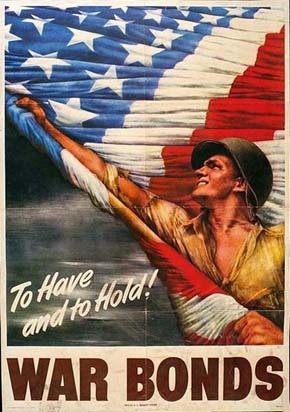However, the real storm is still yet to hit. (OK, so that was a gimmicky start. anyways down to business) The Congress and the president passed a stop-gap bill to raise the debt ceiling. This bill sets up a committee to decide what to cut and what to keep. This sets a series of deadlines, outlined by the Washington Post:
The problem with this solution, is that it solves very little and drags debate about the solution out over the next year. My frustration with this solution could be graphed in much the same way. My frustration with the Republican and Democratic rhetoric and talking points about taxes and spending cuts would have to be a logrithmic curve. The Republicans seem particularly unwilling to bend and I have struggled to see why. The numbers are are convincing to me that a balanced approach with revenues needed to balance the budget and reasonable cuts, especially to the biggest expenses. If you want to play with the numbers and get a feel for the effects of changes to the tax code, defense spending, etc., the New York Times in November 2010 had an interactive webplayer for playing with the budget that is great fun.
From this webplayer, it emphasized to me that the federal government takes in a lot of taxes and changes in the tax code results in drastic changes to budgets. I was surprised to see how much of an effect it had on future projections ending the Bush Tax cuts and reducing defense spending. I am going to insert a couple of other graphs from the New York Times, that show this. I worried about putting them in here since they lay the blame for the deficits on Bush's shoulders instead of Obama's. This is an oversimplification, not the whole story, and divisive. I wanted to discuss this without the polarizing effect of Bush and Obama, because I think this is a bigger problem than these two presidencies.
Deficit and projections. One deceptive piece on this graph is the projects are only from 2 years: 2001 and 2009. It would be more informative to have the previous year's project on the next years actuals.
The Blame Chart. I think rather heavy handed and deceptive. The healthcare bill is going to be very expensive. Medicare is not getting cheaper. We still are involved in two wars in the Middle East. Yet, we keep cutting taxes. These tax cuts have a significant effect since budgets were not cut at the same time.
In the end, it doesn't matter who did it. We need a solution. Leila's Aunt Janie proposed that we show our support by donating to the national debt. I was excited by the proposal, not because it would make a substantive dent in the debt, but because it expressed something that is lacking in this debate: Americans can band together and sacrifice to do the right thing. It frustrated me that instead of asking us to sacrifice to support the Iraq War the federal government cut taxes and sent out rebate checks, while keeping the cost of the war off of the federal budget. We should have been asked to buy War bonds, ration food, recycle cans, something, anything, if the war was truly worth it! The impression I got was that the federal government didn't believe that the public would support it if they had to sacrifice anything at all. This is wrong. We can do hard things. We can sacrifice and all do our part.
Leila and her aunt were interviewed by Cezary Podkul from the Washington Post. (Not only is Leila now a famous quilter, she is a national political commentator now) His article appeared July 24th in the Post. In his very informative article, he reveals that the cited law allowing direct donations to the Treasury for the National Debt is not what we thought. The money does not go directly to the the debt, but into the general fund, which pays a little of everything. You know, like taxes. Leila was embarrassed by this, because we donated our money, and it felt like we had been hoodwinked, swindled by the Federal Government.
I stand by the sentiment behind her post. The blame for the mess of our federal deficit does not lie with a presidency, a political party, or congress. It is on our shoulders. As a nation, we have not taken responsibility for paying our own debts and that bleeds into the actions of our governments. This has to change if we are going to be successful as a country.
At the heart of the Tea Party and Republican cry for smaller government is a distrust of government and many of the discretionary cuts show that. I would argue though that the biggest expenses and budget problems we have are due the leaders of the government not trusting that the American public would support them if they had to ask us to sacrifice. I think both should be wrong. I would like to have a government I could trust. I would like to be part of a country where people support the right thing, even if it requires personal sacrifice. But we have become a greedy and selfish people, and that needs to change before we will be able to get our house in order.





